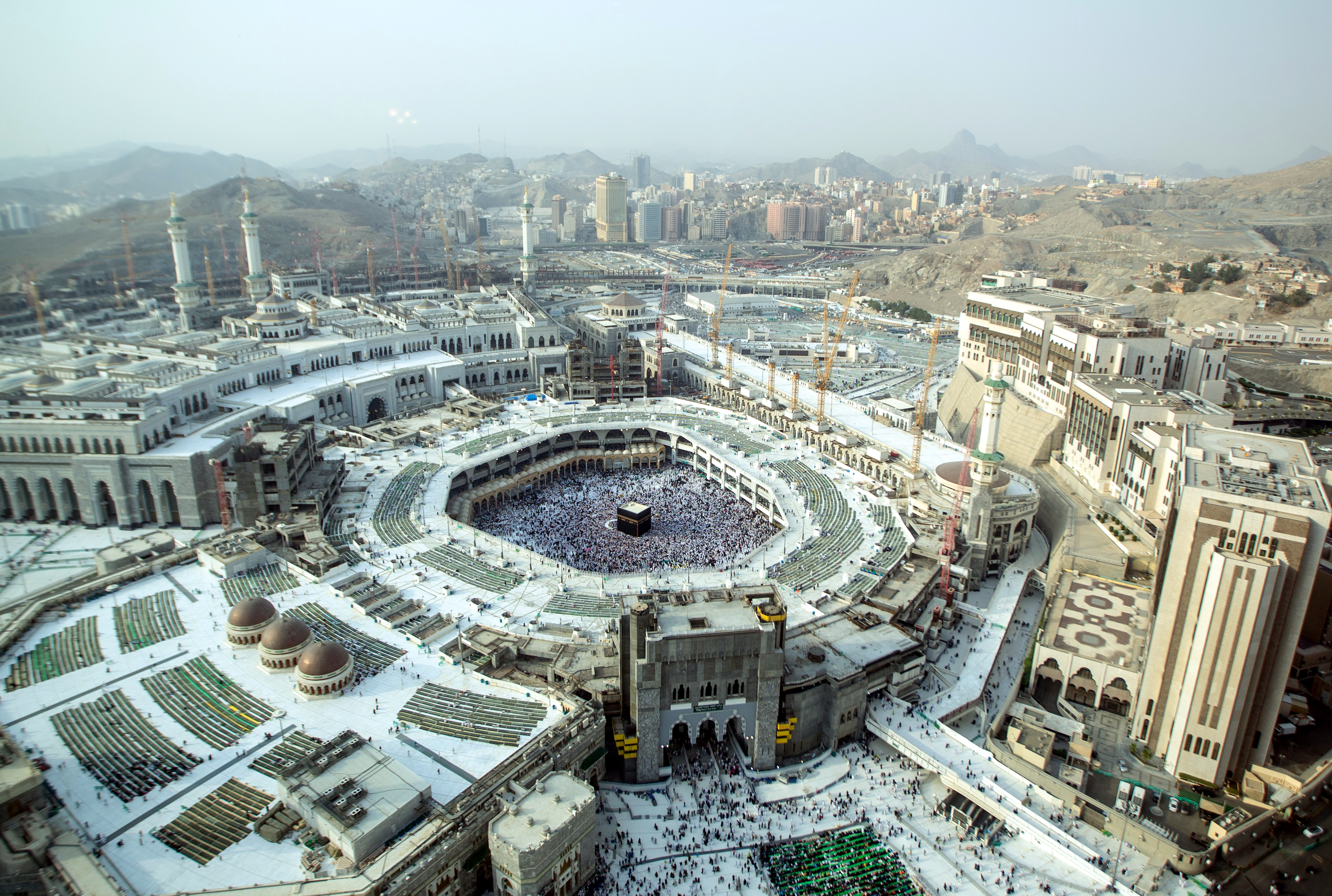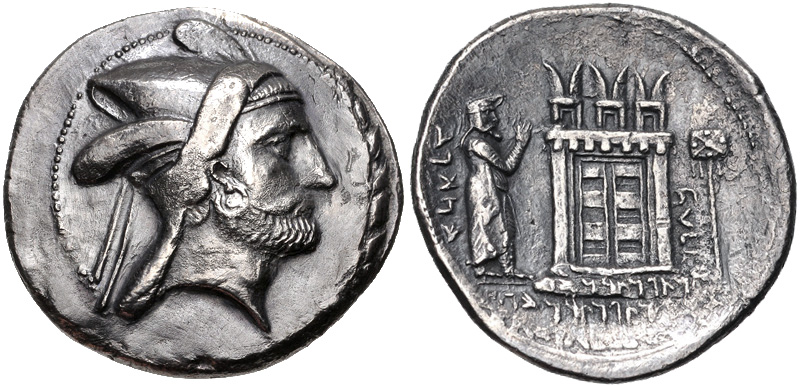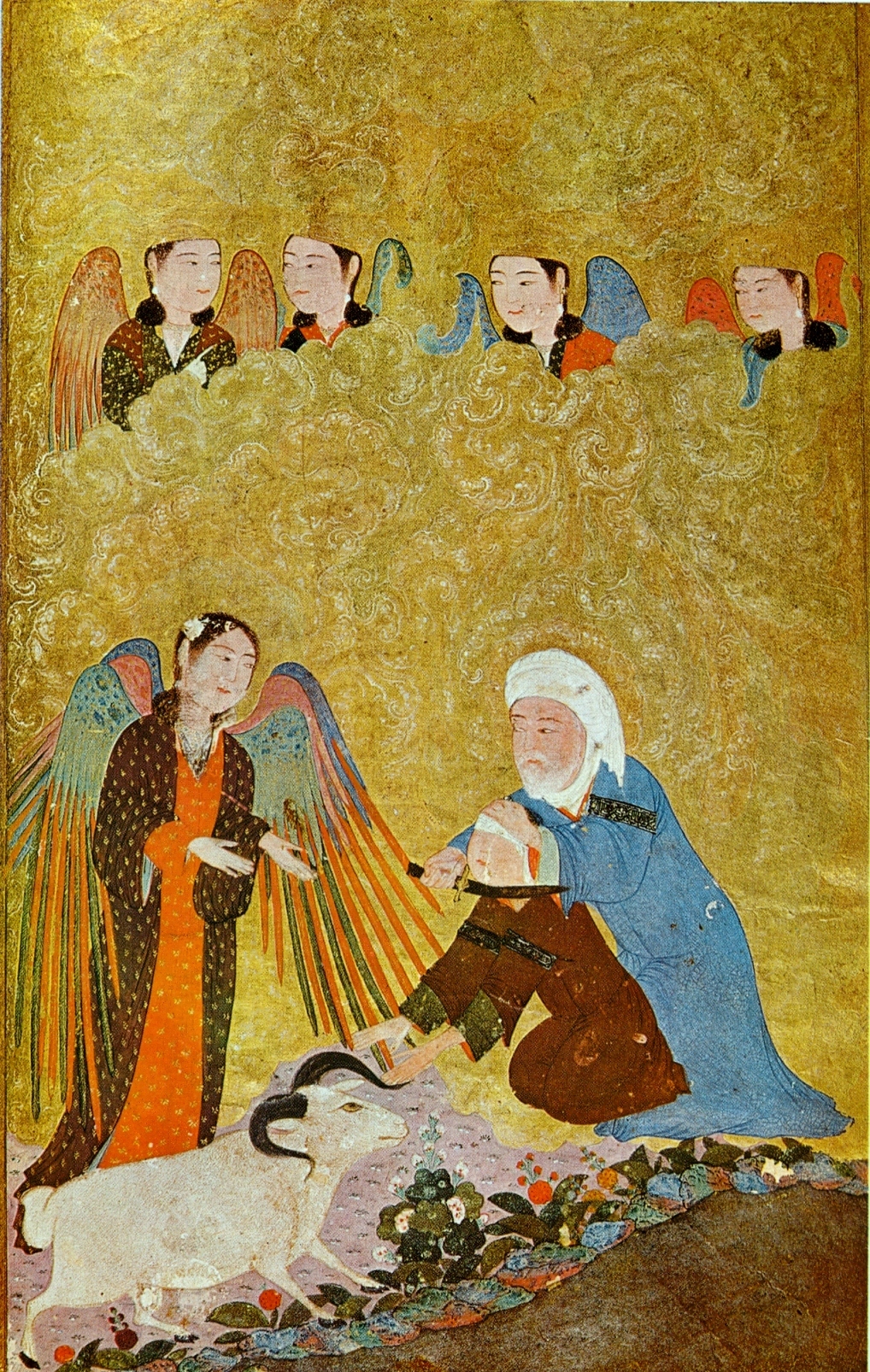|
Abarkuh
Abarkuh () is a city in the Central District of Abarkuh County, Yazd province, Iran, serving as capital of both the county and the district. Etymology A folk etymology of the name Abarquh, related by Hamdallah Mustawfi in 1340, is from ''bar kūh'', meaning "on the mountain". Mustawfi said that its original site was on a hill, but since then had been moved down to the plain. History In the 10th century CE, Abarquh was the spot where the roads from Shiraz, Isfahan, and Yazd converged. During this period, the writer Ibn Hawqal noted that Abarquh was the capital of the nahiyah of Rudan, which had formerly been part of Kerman province but, by the time of his writing, had become part of Fars under the district of Estakhr. The accounts of Ibn Hawqal and his contemporary al-Maqdisi describe Abarquh as a prosperous and populous town, fortified with a citadel. The mishmash of narrow streets formed a compact, spontaneous network, and the houses, like those of Yazd were built of ... [...More Info...] [...Related Items...] OR: [Wikipedia] [Google] [Baidu] |
Abarkuh County
Abarkuh County () is in Yazd Yazd (; ) is a city in the Central District of Yazd County, Yazd province, Iran, serving as capital of the province, the county, and the district. At the 2016 census, its population was 529,673. Since 2017, the historical city of Yazd is rec ... province, Iran. Its capital is the city of Abarkuh. Demographics Population At the time of the 2006 National Census, the county's population was 42,610 in 11,660 households. The following census in 2011 counted 46,662 people in 13,640 households. The 2016 census measured the population of the county as 51,552 in 16,026 households. Administrative divisions Abarkuh County's population history and administrative structure over three consecutive censuses are shown in the following table. See also * Castle of Khosrow abad Notes References {{Abarkuh County, state=collapsed Abarkuh County Counties of Yazd province ... [...More Info...] [...Related Items...] OR: [Wikipedia] [Google] [Baidu] |
Central District (Abarkuh County)
The Central District of Abarkuh County () is in Yazd province, Iran. Its capital is the city of Abarkuh Abarkuh () is a city in the Central District of Abarkuh County, Yazd province, Iran, serving as capital of both the county and the district. Etymology A folk etymology of the name Abarquh, related by Hamdallah Mustawfi in 1340, is from '' .... Demographics Population At the time of the 2006 National Census, the district's population was 29,609 in 8,238 households. The following census in 2011 counted 33,217 people in 9,821 households. The 2016 census measured the population of the district as 36,907 inhabitants in 11,456 households. Administrative divisions See also References Districts of Yazd province Populated places in Abarkuh County {{Abarkuh-geo-stub ... [...More Info...] [...Related Items...] OR: [Wikipedia] [Google] [Baidu] |
Faramurz
Abu Mansur Faramurz ( Persian: ابو منصور فرامرز), mostly known as Faramurz, was the Kakuyid Emir of Isfahan. He was the eldest son of Muhammad ibn Rustam Dushmanziyar. In 1051, He was defeated by Tughril, sultan of the Seljuk Empire, and became his vassal. Faramurz later died after 1063, probably in the 1070s. Reign Independent rule In 1037, Muhammad ibn Rustam strengthened the defenses of Isfahan to protect it from the plundering Turkmen nomads from Khorasan. In 1041, after the defeat of the Ghaznavids by the Seljuqs at the battle of Dandanaqan, the Seljuqs became neighbors with the Kakuyids. After defeating the Ghaznavids, their leader, Tughril, made Ray the capital of his kingdom. Four years later, Faramurz succeeded his father, Muhammad, in Isfahan, while Muhammad's younger son Garshasp I took power in Hamadan as a vassal king of his brother. The third son of Muhammad, Abu Harb, however, rebelled against his older brother and called upon help from the ... [...More Info...] [...Related Items...] OR: [Wikipedia] [Google] [Baidu] |
Counties Of Iran
Iran's counties (, Romanization, romanized as ''šahrestân'') are administrative divisions of larger Provinces of Iran, provinces (''ostan''). The word ''shahrestan'' comes from the Persian words ' (city) and ' ("place, land"). "County", therefore, is a near equivalent to (šahrestân). Counties are divided into one or more districts ( ). A typical district includes both cities ( ) and rural districts ( ), which are groupings of adjacent villages. One city within the county serves as the capital of that county, generally in its Central District. Each county is governed by an office known as ''farmândâri'', which coordinates different public events and agencies and is headed by a ''farmândâr'', the governor of the county and the highest-ranking official in the division. Among the provinces of Iran, Fars province, Fars has the highest number of ''shahrestans'' (37), while Qom province, Qom has the fewest (3). In 2005 Iran had 324 ''shahrestans'', while in as of now there ... [...More Info...] [...Related Items...] OR: [Wikipedia] [Google] [Baidu] |
Kakuyid Dynasty
The Kakuyids (also called Kakwayhids, Kakuwayhids or Kakuyah) () were a Shia Muslim dynasty of Daylamite origin that held power in western Persia, Jibal and Kurdistan (c. 1008–c. 1051). They later became ''atabegs'' (governors) of Yazd, Isfahan and Abarkuh from c. 1051 to 1141. They were related to the Buyids. Origins Scholars state that the Kakuyids were Daylamites, and relatives of Sayyida Shirin, who was from the Daylamite Bavand dynasty. History The founder of the Kakuyid dynasty was Ala al-Dawla Muhammad, a Daylamite military leader under the service of the Buyid amirate of Jibal. His father, Rustam Dushmanziyar, had also served the Buyids, and was given lands in the Alborz to protect them against the local rulers of the neighbouring region of Tabaristan. Rustam was the uncle of Sayyida Shirin, a princess from the Bavand dynasty who was married to the Buyid ''amir'' (ruler) Fakhr al-Dawla (). Because of this connection, Ala al-Dawla Muhammad is often referred to as ... [...More Info...] [...Related Items...] OR: [Wikipedia] [Google] [Baidu] |
Jama Masjid
A congregational mosque or Friday mosque (, ''masjid jāmi‘'', or simply: , ''jāmi‘''; ), or sometimes great mosque or grand mosque (, ''jāmi‘ kabir''; ), is a mosque for hosting the Friday noon prayers known as ''jumu'ah''.See: * * * * * * * * * It can also host the Eid prayers in situations when there is no '' musalla'' or '' eidgah'' available nearby to host the prayers. In early Islamic history, the number of congregational mosques in one city was strictly limited. As cities and populations grew over time, it became more common for many mosques to host Friday prayers in the same area. Etymology The full Arabic term for this kind of mosque is ''masjid jāmi‘'' (), which is typically translated as "mosque of congregation" or "congregational mosque". "Congregational" is used to translate ''jāmi‘'' (), which comes from the Arabic root "ج - م - ع" which has a meaning ‘to bring together’ or ‘to unify’ (verbal form: and ). In Arabic, the term is typically ... [...More Info...] [...Related Items...] OR: [Wikipedia] [Google] [Baidu] |
Estakhr
Istakhr (Middle Persian romanized: ''Stakhr'', ) was an ancient city in Fars province, north of Persepolis in southwestern Iran. It flourished as the capital of the Persian '' Frataraka'' governors and Kings of Persis from the third century BC to the early 3rd century AD. It reached its apex under the Sasanian Empire (224-651 AD), and was the hometown of the Sasanian dynasty. Istakhr briefly served as the first capital of the Sasanian Empire from 224 to 226 AD and then as principal city, region, and religious centre of the Sasanian province of Pars. During the Arab conquest of Iran, Istakhr was noted for its stiff resistance, which resulted in the death of many of its inhabitants. Istakhr remained a stronghold of Zoroastrianism long after the conquests, and remained relatively important in the early Islamic era. It went into gradual decline after the founding of nearby Shiraz, before being destroyed and abandoned under the Buyids. Cursorily explored by Ernst Herzfeld and a te ... [...More Info...] [...Related Items...] OR: [Wikipedia] [Google] [Baidu] |
Al-Maqdisi
Shams al-Din Abu Abd Allah Muhammad ibn Ahmad ibn Abi Bakr, commonly known by the ''Nisba (onomastics), nisba'' al-Maqdisi or al-Muqaddasī, was a medieval Arab geographer, author of ''The Best Divisions in the Knowledge of the Regions'' and ''Description of Syria (Including Palestine)''. Al-Maqdisi is one of the earliest known historical figures to self-identify as a Palestinians, Palestinian, having done so during one of his travels in Iran, Persia. Biography Sources Outside of his own work, there is little biographical information available about al-Maqdisi.Miquel 1993, p. 492. He is neither found in the voluminous biographies of Ibn Khallikan (d. 1282) nor were the aspects of his life mentioned in the works of his contemporaries.Al-Mukaddasi, ed. Le Strange 1886, piii/ref> Early life and education He was born in Jerusalem in and belonged to a middle-class family whose roots in the city's environs dated from the period approximate to the Muslim conquest of the Levant, 7t ... [...More Info...] [...Related Items...] OR: [Wikipedia] [Google] [Baidu] |
Citadel
A citadel is the most fortified area of a town or city. It may be a castle, fortress, or fortified center. The term is a diminutive of ''city'', meaning "little city", because it is a smaller part of the city of which it is the defensive core. In a fortification with bastions, the citadel is the strongest part of the system, sometimes well inside the outer walls and bastions, but often forming part of the outer wall for the sake of economy. It is positioned to be the last line of defence, should the enemy breach the other components of the fortification system. History 3300–1300 BC Some of the oldest known structures which have served as citadels were built by the Indus Valley civilisation, where citadels represented a centralised authority. Citadels in Indus Valley were almost 12 meters tall. The purpose of these structures, however, remains debated. Though the structures found in the ruins of Mohenjo-daro were walled, it is far from clear that these structures were defensive ... [...More Info...] [...Related Items...] OR: [Wikipedia] [Google] [Baidu] |
Sun-dried Brick
Mudbrick or mud-brick, also known as unfired brick, is an air-dried brick, made of a mixture of mud (containing loam, clay, sand and water) mixed with a binding material such as rice husks or straw. Mudbricks are known from 9000 BCE. From around 5000–4000 BCE, mudbricks evolved into fired bricks to increase strength and durability. Nevertheless, in some warm regions with very little timber available to fuel a kiln, mudbricks continued to be in use. Even today, mudbricks are the standard of vernacular architecture in some warmer regions- mainly in parts of Africa and western Asia. In the 20th century, the compressed earth block was developed using high pressure as a cheap and eco-friendly alternative to obtain non-fired bricks with more strength than the simpler air-dried mudbricks. Ancient world The history of mudbrick production and construction in the southern Levant may be dated as far back to the Pre-Pottery Neolithic A (e.g., PPNA Jericho). These sun dried mu ... [...More Info...] [...Related Items...] OR: [Wikipedia] [Google] [Baidu] |
Abraham In Islam
Abraham was a prophet and messenger of God according to Islam, and an ancestor to the Ishmaelite Arabs and Israelites. Abraham plays a prominent role as an example of faith in Judaism, Christianity, and Islam. In Muslim belief, Abraham fulfilled all the commandments and trials wherein God nurtured him throughout his lifetime. As a result of his unwavering faith in God, Abraham was promised by God to be a leader to all the nations of the world. The Quran extols Abraham as a model, an exemplar, obedient and not an idolater. In this sense, Abraham has been described as representing "primordial man in universal surrender to the Divine Reality before its fragmentation into religions separated from each other by differences in form". Muslims believe that the Kaaba in Mecca was built by Abraham and his son Ishmael as the first house of worship on earth. The Islamic holy day ' Eid ul-Adha is celebrated in commemoration of Abraham's willingness to sacrifice his son on God's command, ... [...More Info...] [...Related Items...] OR: [Wikipedia] [Google] [Baidu] |
Cotton
Cotton (), first recorded in ancient India, is a soft, fluffy staple fiber that grows in a boll, or protective case, around the seeds of the cotton plants of the genus '' Gossypium'' in the mallow family Malvaceae. The fiber is almost pure cellulose, and can contain minor percentages of waxes, fats, pectins, and water. Under natural conditions, the cotton bolls will increase the dispersal of the seeds. The plant is a shrub native to tropical and subtropical regions around the world, including the Americas, Africa, Egypt and India. The greatest diversity of wild cotton species is found in Mexico, followed by Australia and Africa. Cotton was independently domesticated in the Old and New Worlds. The fiber is most often spun into yarn or thread and used to make a soft, breathable, and durable textile. The use of cotton for fabric is known to date to prehistoric times; fragments of cotton fabric dated to the fifth millennium BC have been found in the Indus Valley civilizat ... [...More Info...] [...Related Items...] OR: [Wikipedia] [Google] [Baidu] |






